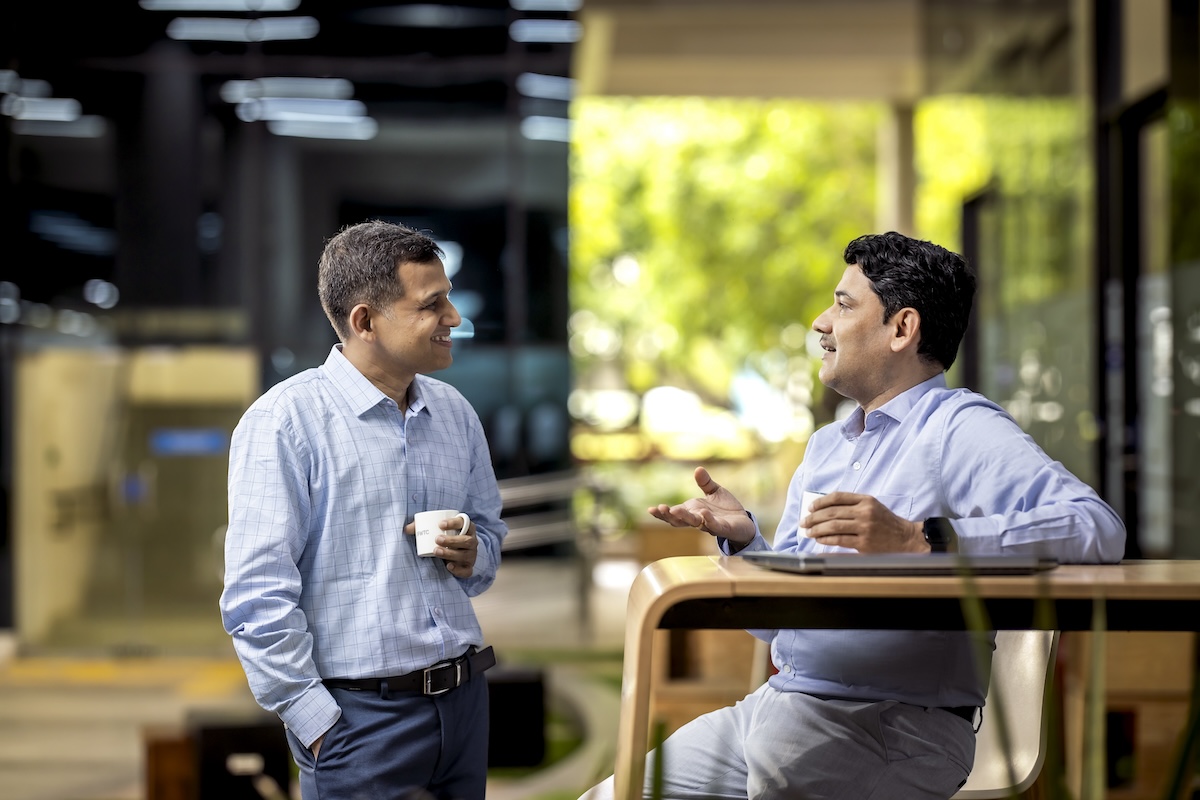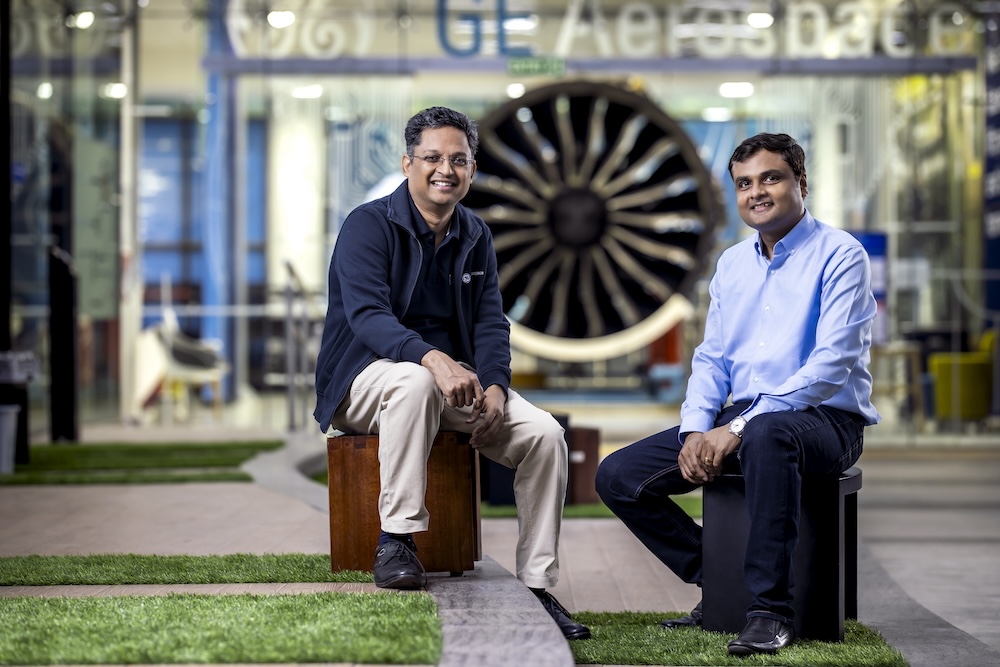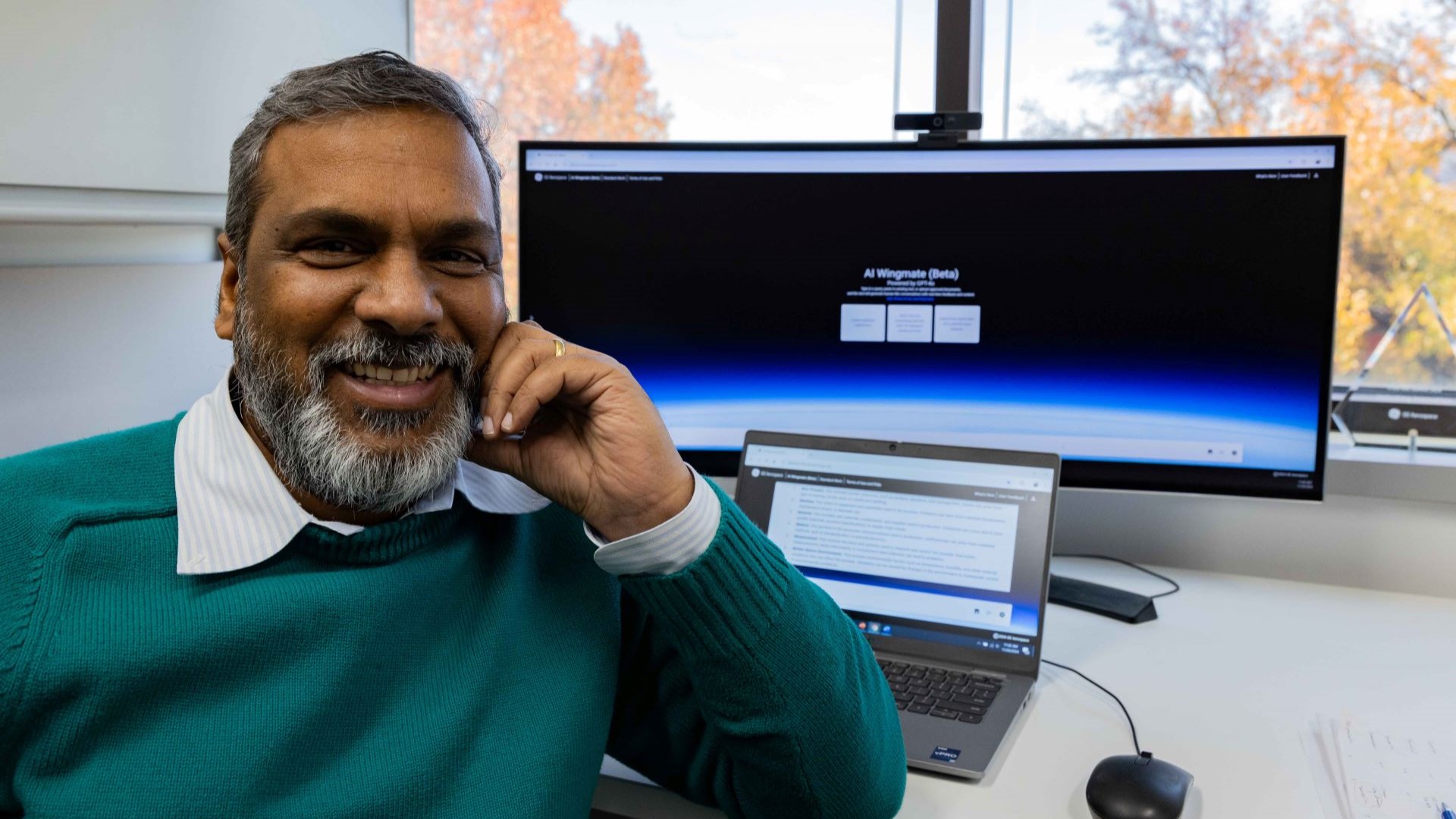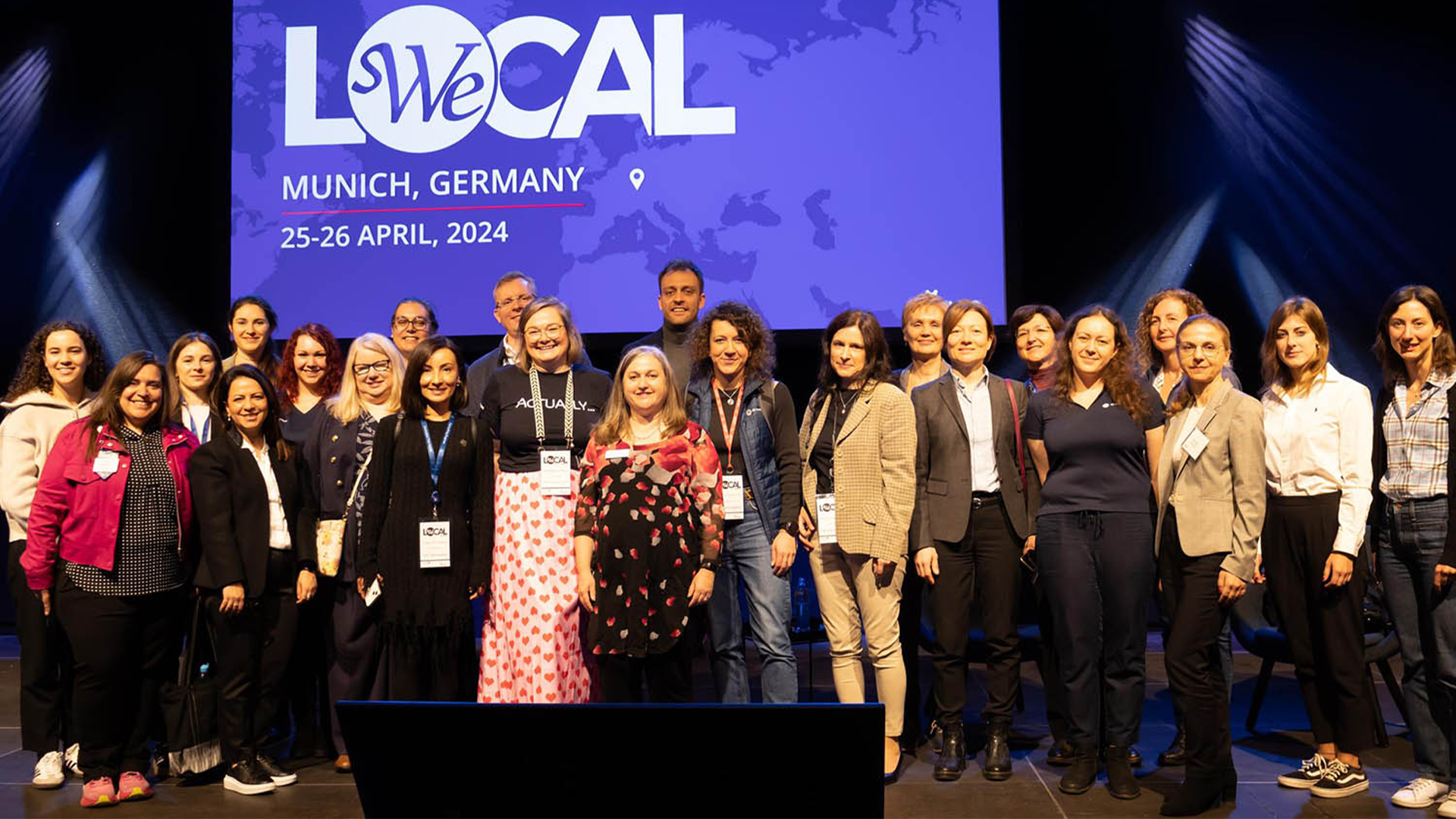Going Deep: GE Aerospace Celebrates 20 Years (and Counting!) of Edison Engineering Development Program in India
October 29, 2024 | by Chris Norris
By 2003, Shriram Barve had already decided not to pursue a “software developer” career, which was a big crowd-puller at that time. He was searching for a more dynamic application of the science that had grabbed him in school.
“We learned the whole range of disciplines — thermodynamics, mechanics, structural — but it was mostly theoretical,” says Barve, who earned a master’s in mechanical engineering at the Indian Institute of Science in Bengaluru. He leapt at the chance to join GE Aerospace, he says, “because nothing could be more challenging and fulfilling than working with jet engines.” Two years after starting at GE Aerospace, he applied to its newly launched Edison Engineering Development Program (EEDP) and began a journey more challenging and fulfilling than he’d ever imagined.
“The jet engine field shows you how all the science and engineering disciplines are practically applied in the aerospace industry,” says Barve, who now leads GE Aerospace’s Digital Engineering Solutions section. “But the Edison program shows you how to excel in almost every area this industry has.”
How EEDP Accelerates Learning and Career Growth
Barve is one of about 150 GE Aerospace Edison engineers in India whom the EEDP helped transform into technical leaders, and as the program celebrates two decades in the country, other landmarks of the company’s renowned educational tradition are reaching even bigger milestones. The Bengaluru-based John F. Welch Technology Centre (JFWTC), where many EEDP graduates work in research, engineering, and digital technology, turned 24 this November. And the parent to these and arguably all such programs, GE’s Advanced Course in Engineering (ACE), recently turned 100. In 1975, Donald R. Mack, who oversaw the ACE program at the time, presented a paper at the annual conference of the American Society for Engineering Education, in which he discussed its origins. Mack noted that ACE was founded in 1923 by consulting engineer Robert E. Doherty, on his conviction that “the engineering strength of the company would be immensely increased if instead of having a few central oracles from whom troubled engineers might seek light, the company had well-trained, resourceful minds located in all of the engineering departments.”
Today these resourceful minds, called Edison engineers, are located all over the world, and beneficiaries of the program’s first few years in India are now in a position to attest to its success in shaping the aerospace industry’s future.

“It is a coveted program for young engineers and quite sought after among my peers,” says Anshu Vijayvargiya, principal engineer in the Fleet Management and Predictive Analytics team. Like most Edison engineers, he recalls the EEDP as the deepest, and fastest, of dives: three eight-month rotations in different fields, in which “being a newcomer was quite challenging and provided great learning opportunities.”
Barve, whose rotation in Advanced Mechanical Design immersed him in turbo machinery, which was emerging in Bengaluru at the time, recalls a learning curve steeper than in most graduate schools. “In the first two months of the rotation, you must learn at a fast pace, while also working with multiple people as you apply these new concepts directly to the real world. And you have to deliver a project before the rotation ends,” he says. He estimates that it would have taken him about five years of traditional education to learn what the EEDP taught him in two.
The Value of Mentorship in EEDP at GE Aerospace
But it’s arguably the breadth, as much as the depth, of the Edison engineers’ early exposure to the aerospace industry that turns them into such vital resources, each one getting plugged into the vast network of experts, mentors, and businesses within the larger GE Aerospace world.
One of Barve’s peers in the early days of the EEDP, Milind Dhabade, who now leads the Advanced Mechanical Design team working on Future of Flight programs, came to GE Aerospace in 2002 with a master’s in aerospace and was one of four engineers to join the Edison program in 2004. “I grew along with the program,” Dhabade says. “It’s fascinating for people who wanted to know engines as a whole, because it lets you experience the design from multiple disciplines and multiple sciences, trained by some of the most respected people in that discipline, some of whom had probably seen two or three engine programs from beginning to end.”
Guided by such esteemed mentors, Dhabade went from advanced mechanical design to lead engine dynamics — “where I could see the various engine programs that I’d worked on earlier getting certified and then entering into service,” he says.

This rare three-dimensional view of the business teaches collaboration and community as much as technology. “It provided tremendous visibility and helped me build connections across the organization,” Vijayvargiya adds. “I found great mentors, be they assignment leaders or the domain experts in the teams I worked with.”
Carrying the EEDP Legacy into the Future
Dhabade, who recently directed Bengaluru’s Edison program for a year and a half, reminds newcomers that whether or not they get their first choice of rotation, every entry point quickly expands to others. “Even if you land in an area of work that’s not your first choice,” he says, “the learning you’ll acquire is so immense that you’ll wind up learning as much of what you need as you would have if you’d gone to your number one or number two choices.”
Participants tend to discover skills in areas where they may not have expected to find them. “The exposure and interactions spurred a strong liking towards aerodynamics and multidisciplinary techniques, which are a big part of my focus areas today,” says Vishnu Tatiparthi, principal engineer on the Advanced Design Tools team. “Networking, interpersonal skills, and an appreciation of business needs fostered by EEDP also helped me to have an enriching stint as a people leader before transitioning to a technical career path with a focus on technology strategy and maturation and building the talent pipeline.”
Like many Edison engineers, Tatiparthi sees aerospace’s future in today’s EEDP. “Over the years, with great increase in global program ownership and contributions at the JFWTC, I see recent graduates exuding a lot of confidence in taking up and solving challenging problems,” he says. He advises newcomers to choose rotations that combine “core engineering and evolving technologies, like electric propulsion, AI, and so forth, to help establish a strong foundation and guide development of future engine architectures.”
But like most graduates, they’ll likely find their biggest resource for solving technological problems to be human.
By the time the Edison program brought him to a leadership training at the company’s erstwhile management training mecca in Crotonville, New York, Barve says he felt as if he knew almost everyone who worked in GE Aerospace. “So that for any technical problem,” he says, “I may not know the solution, but I know someone who will know the solution.”
And many of them will bear the title of the company’s founder, and carry a legacy now some 132 years old into the future.





